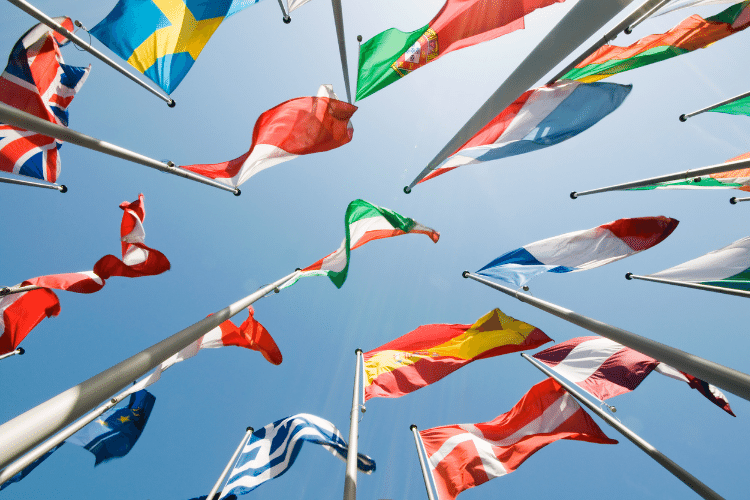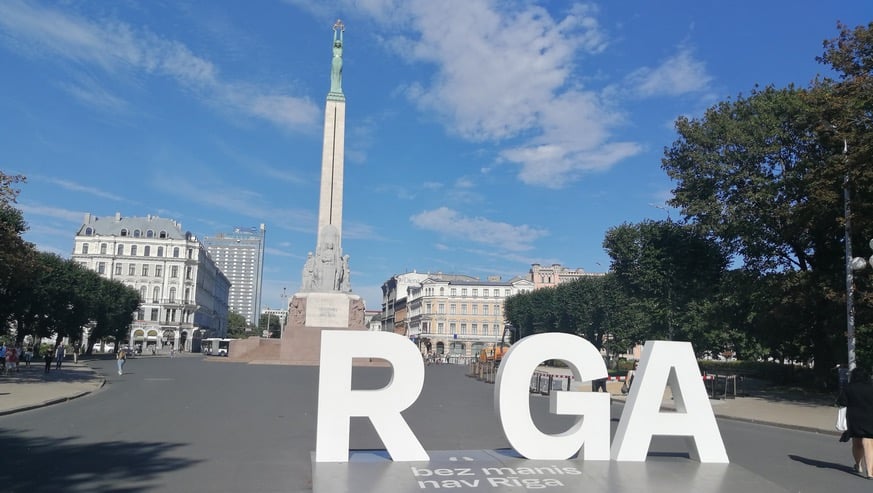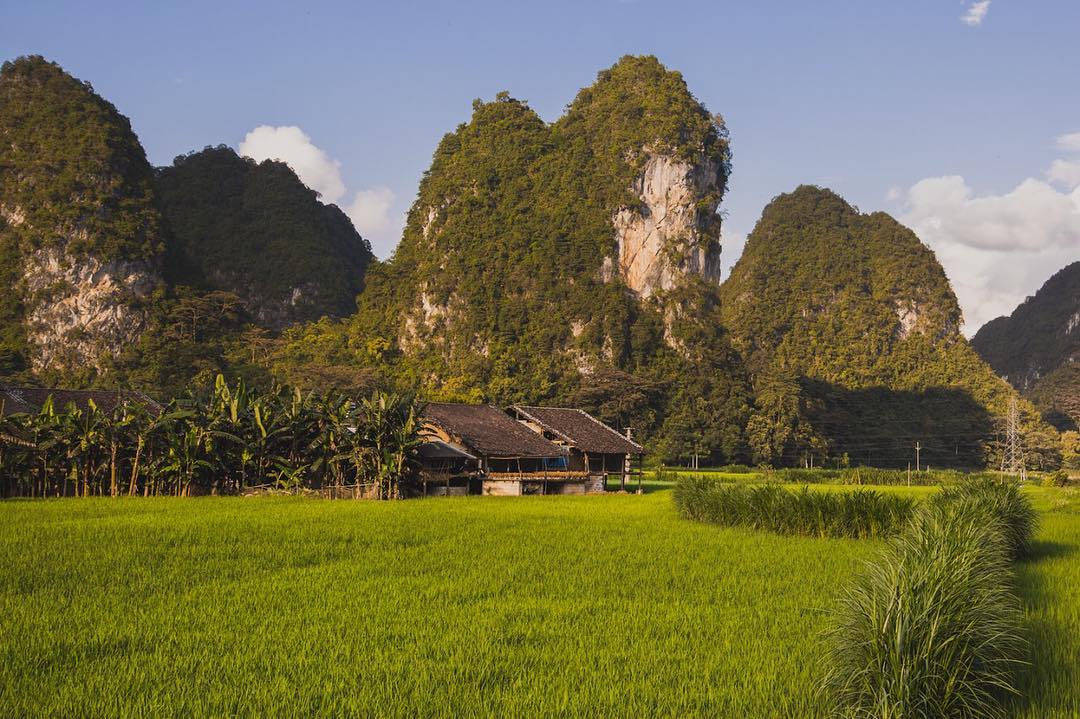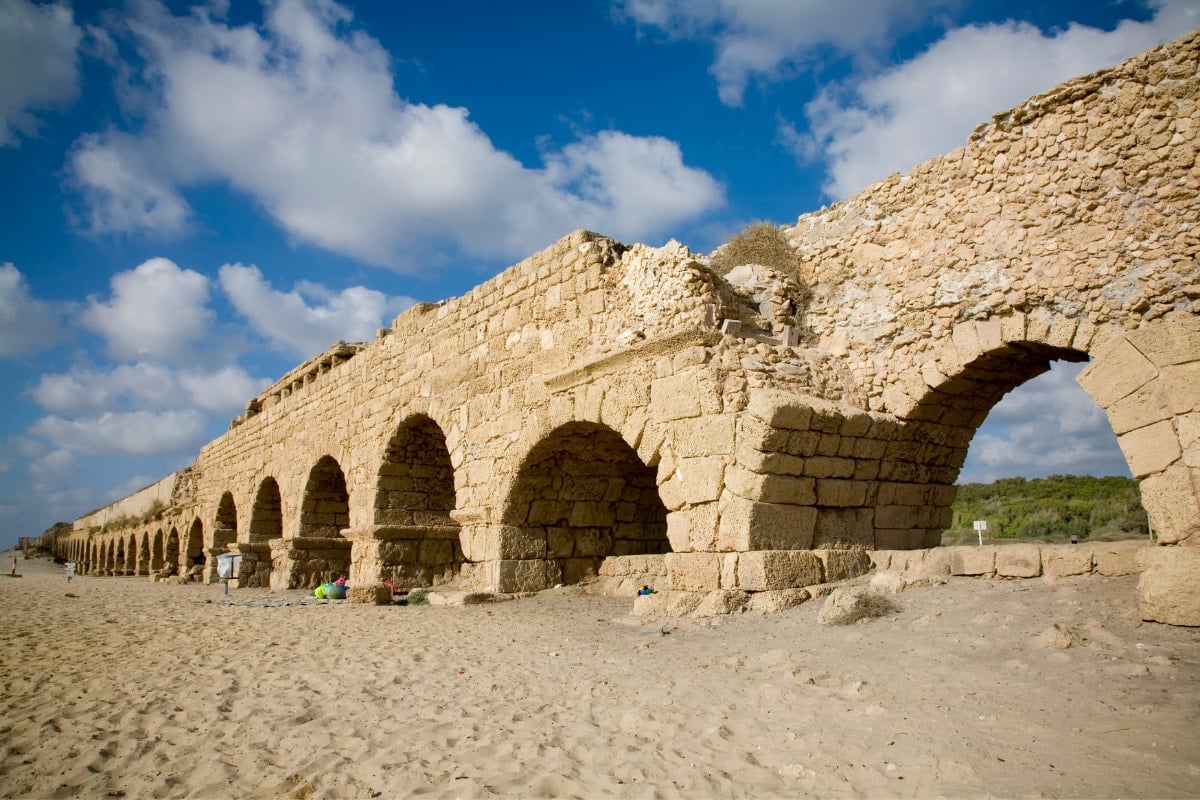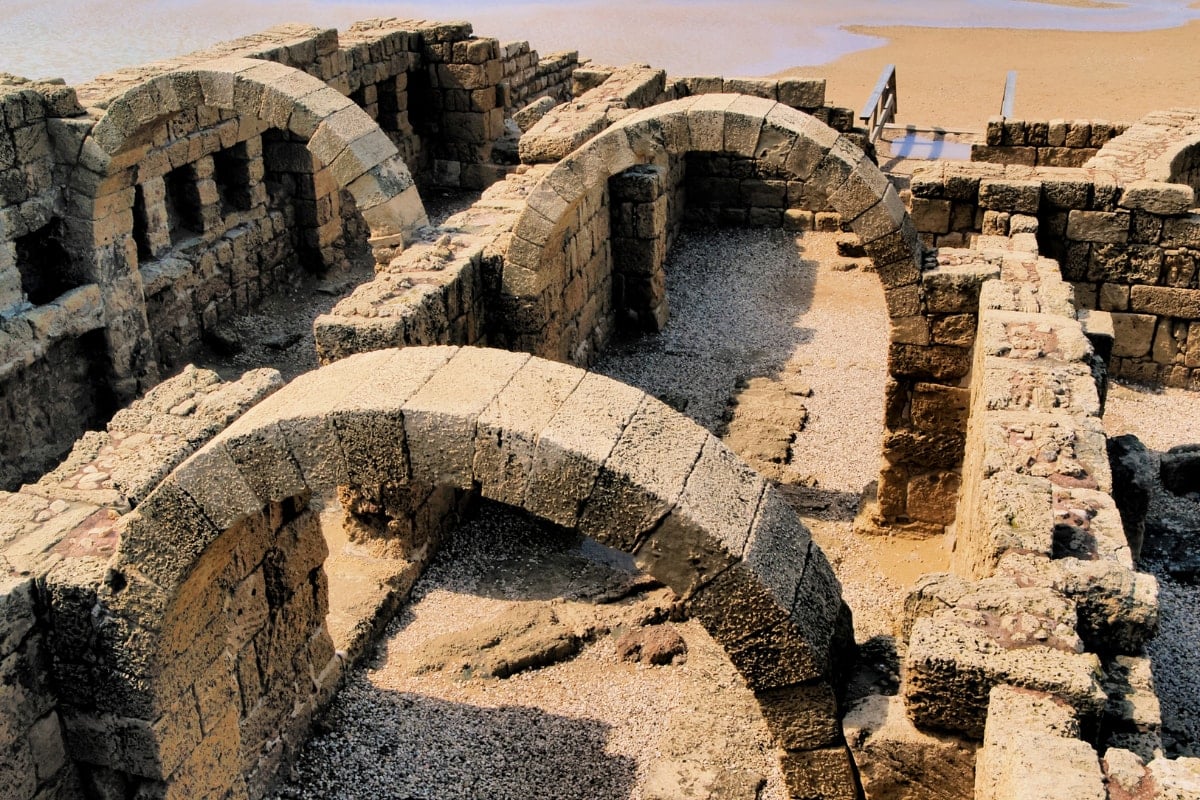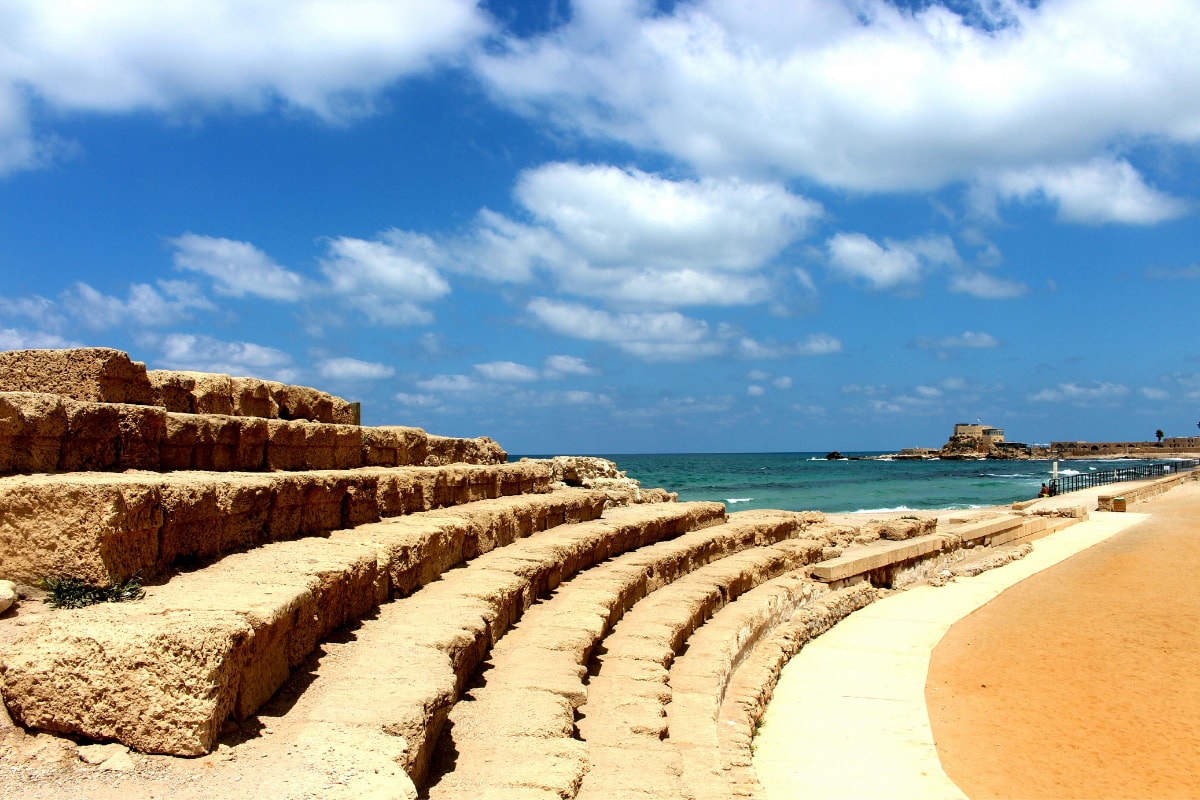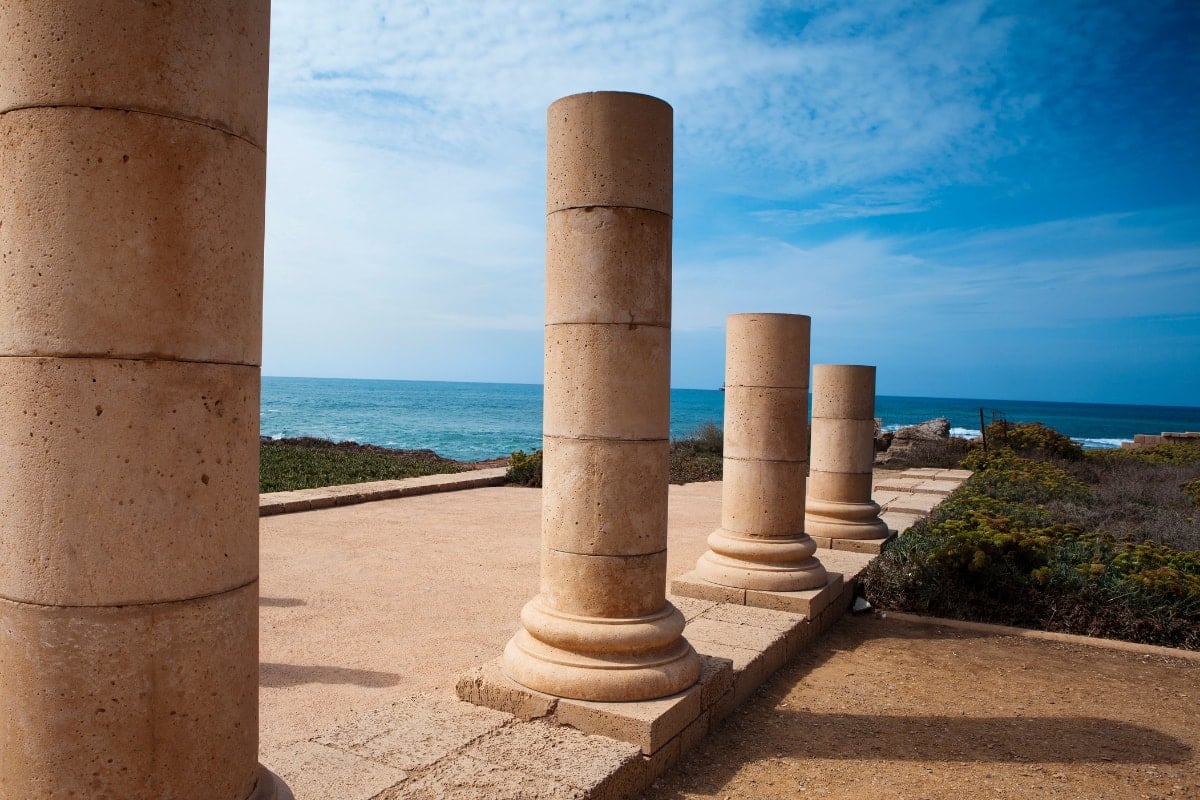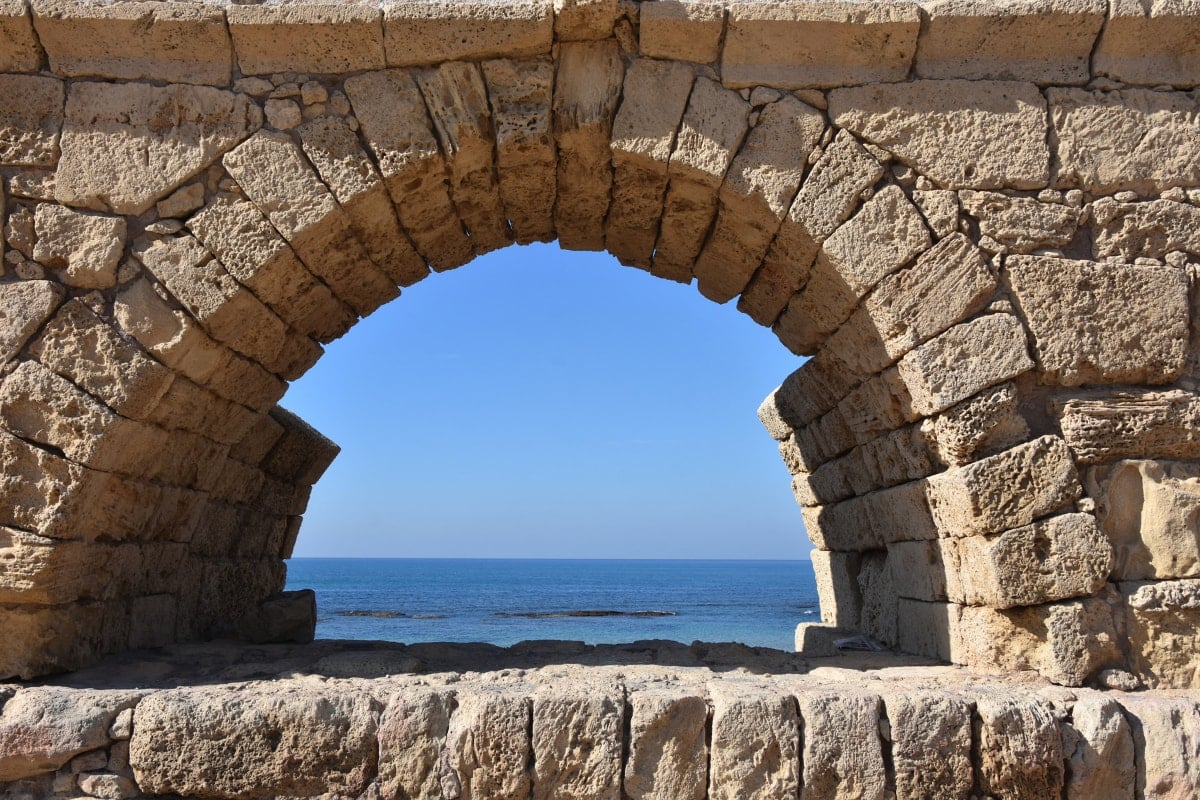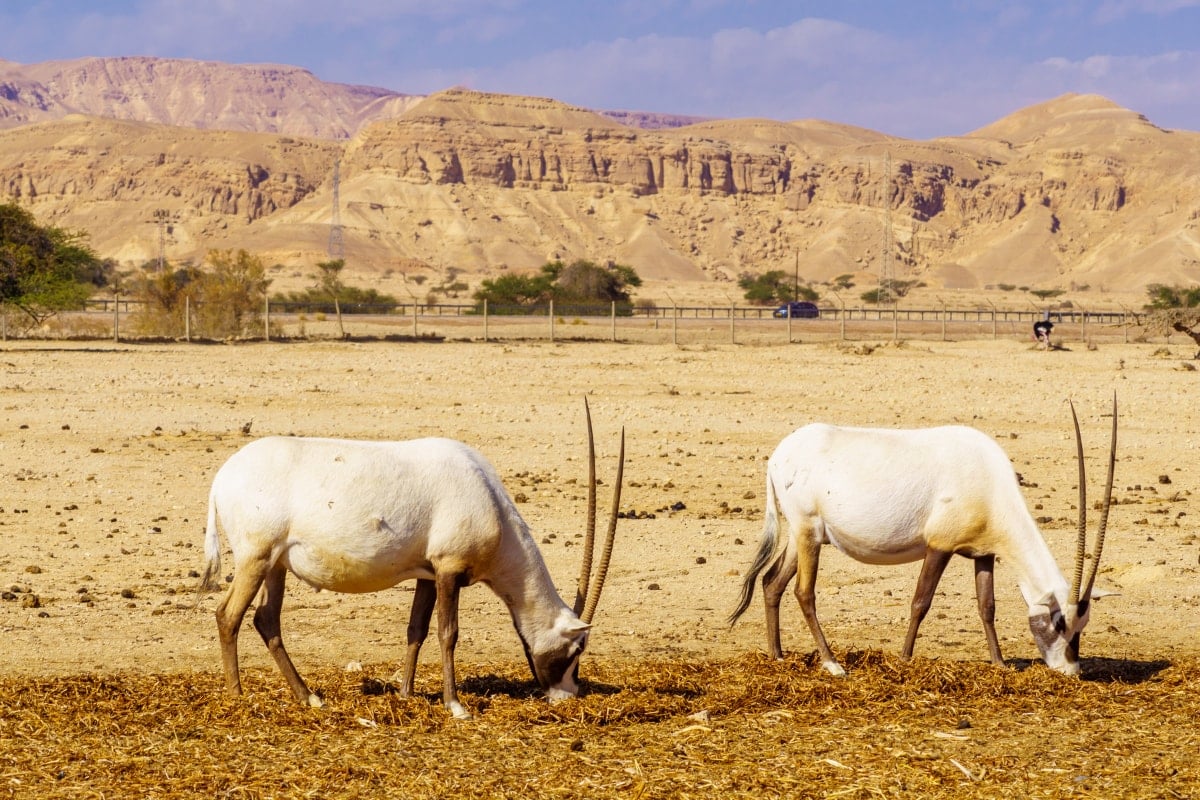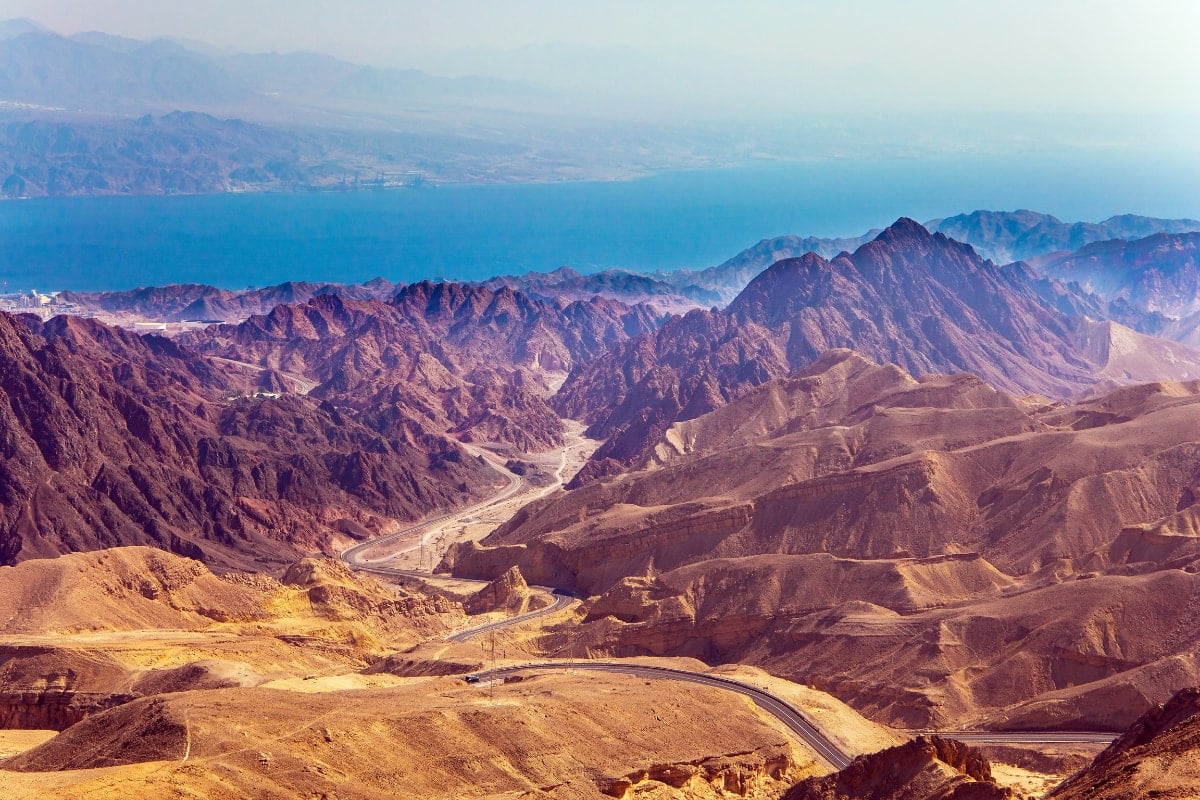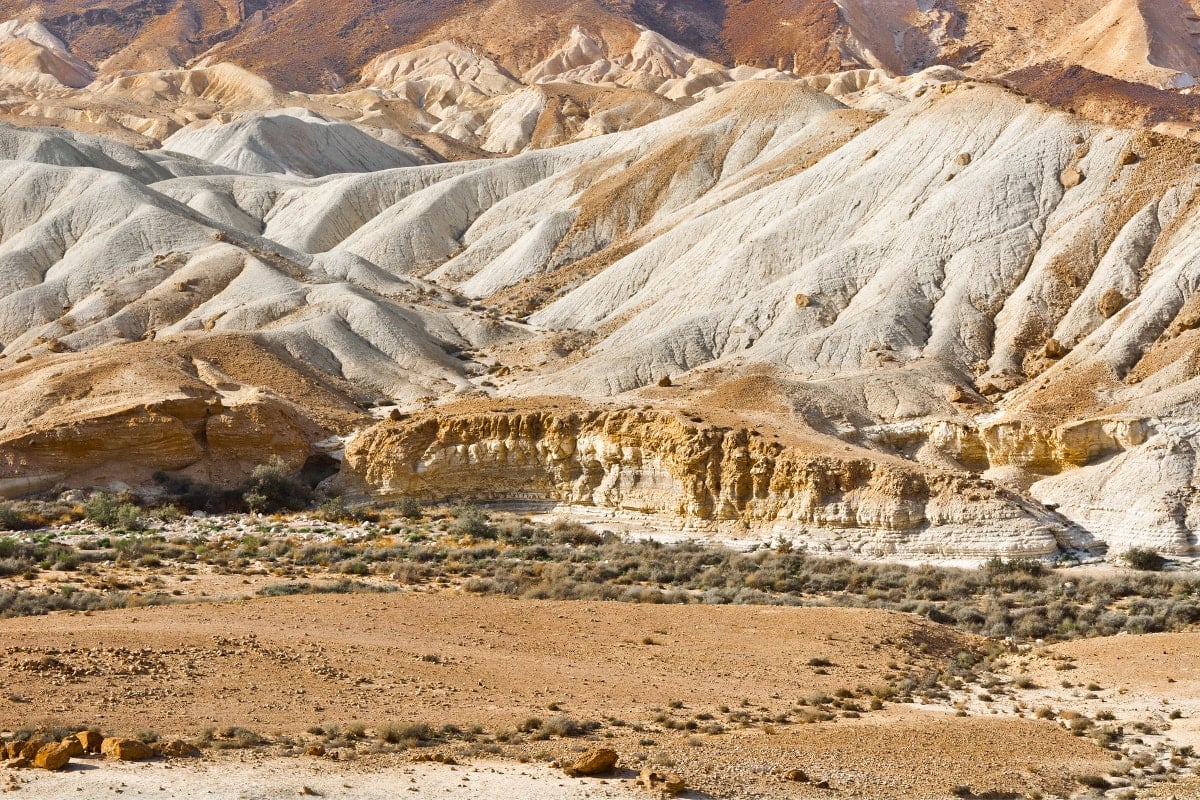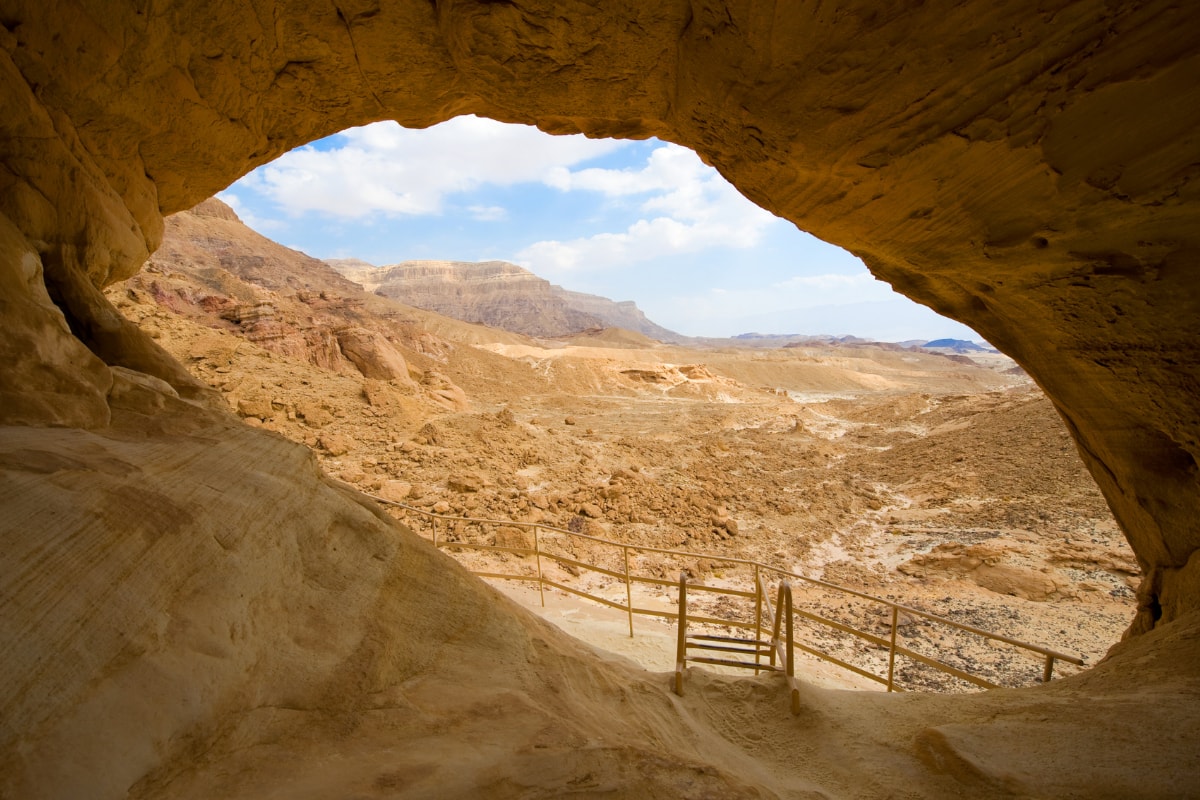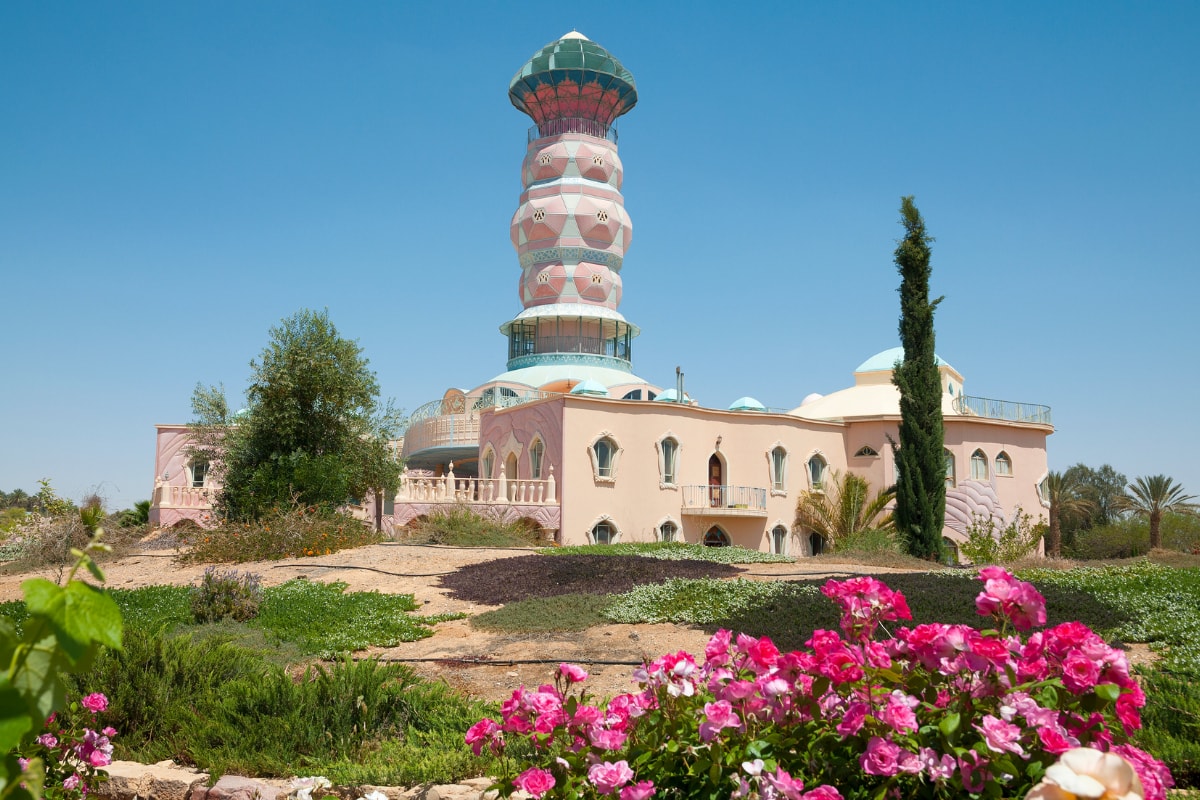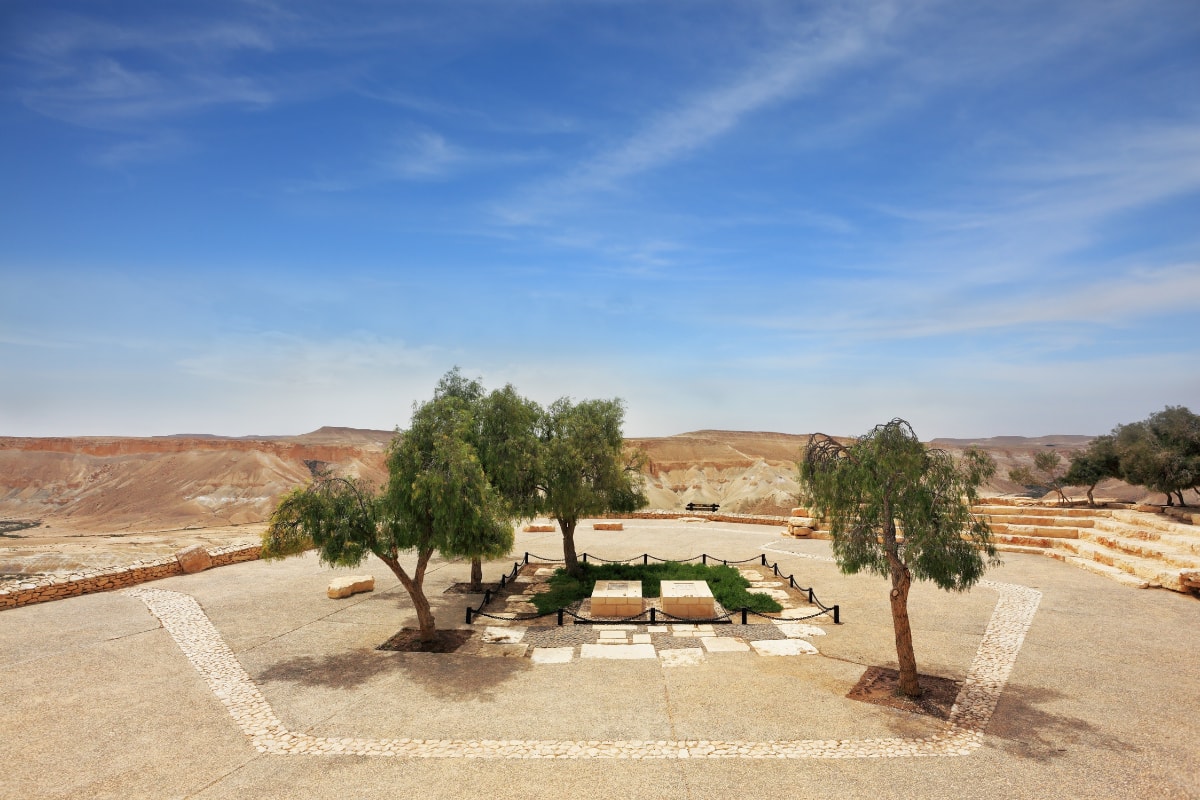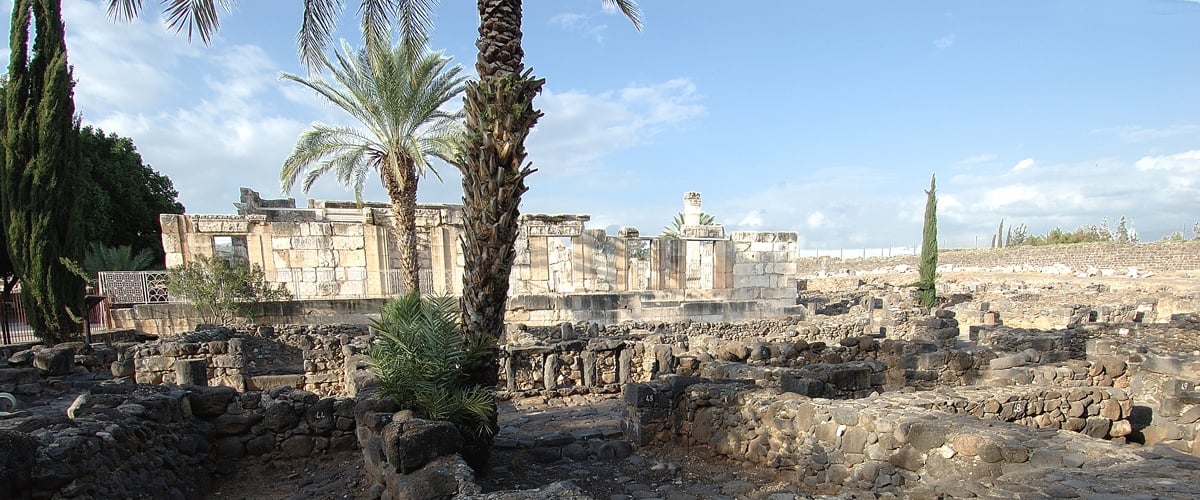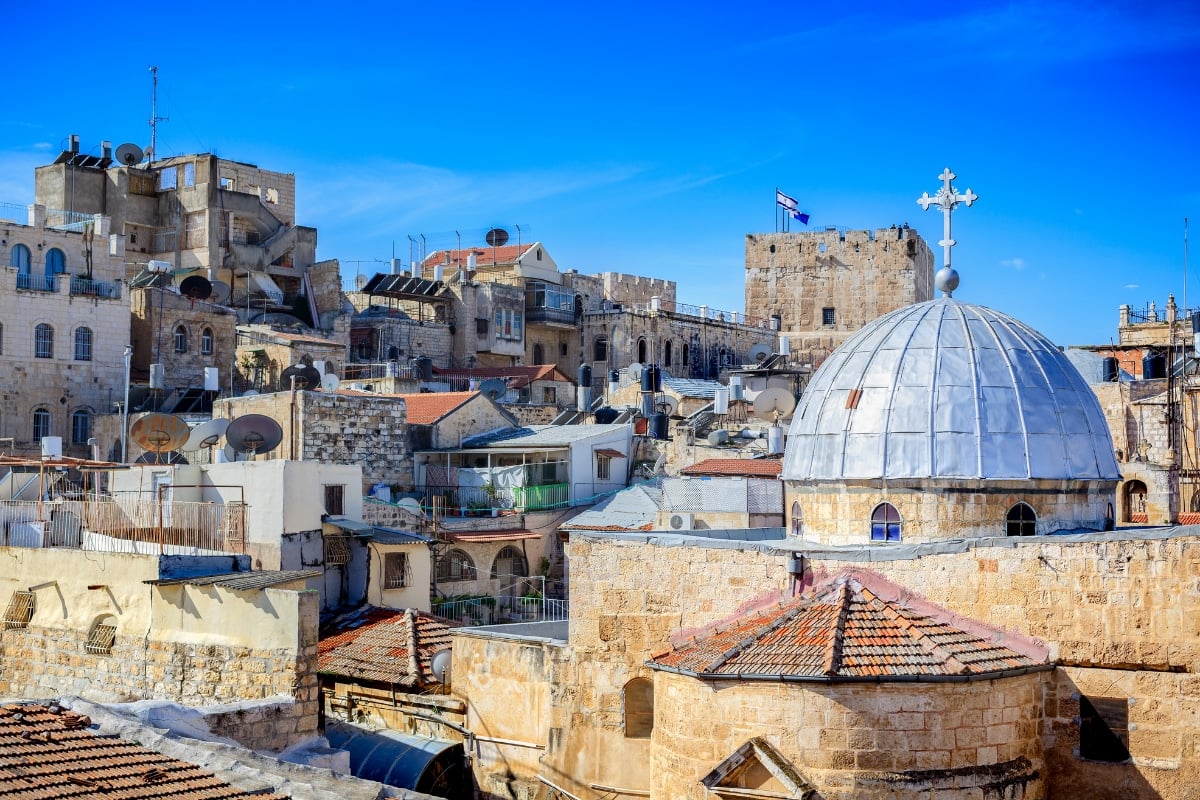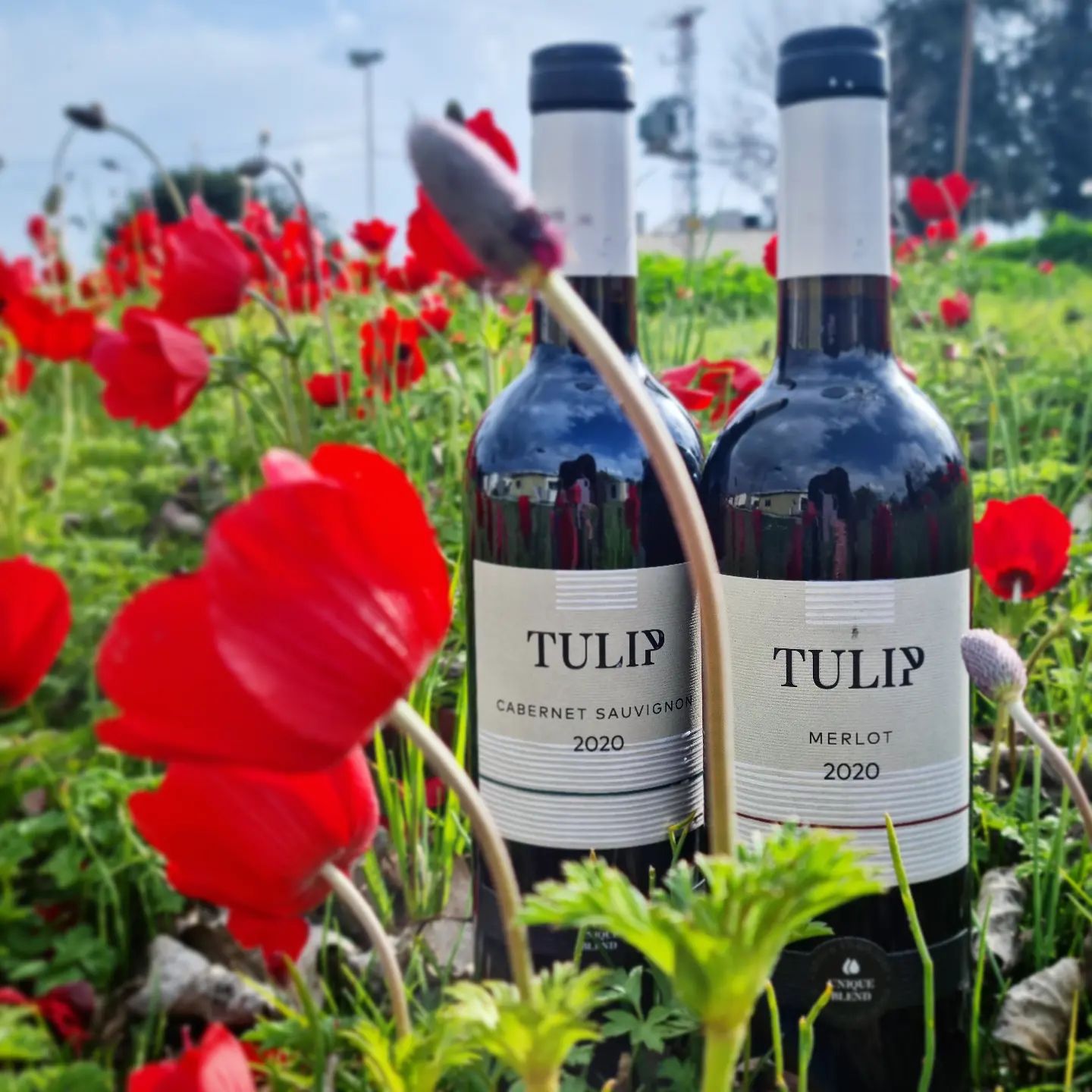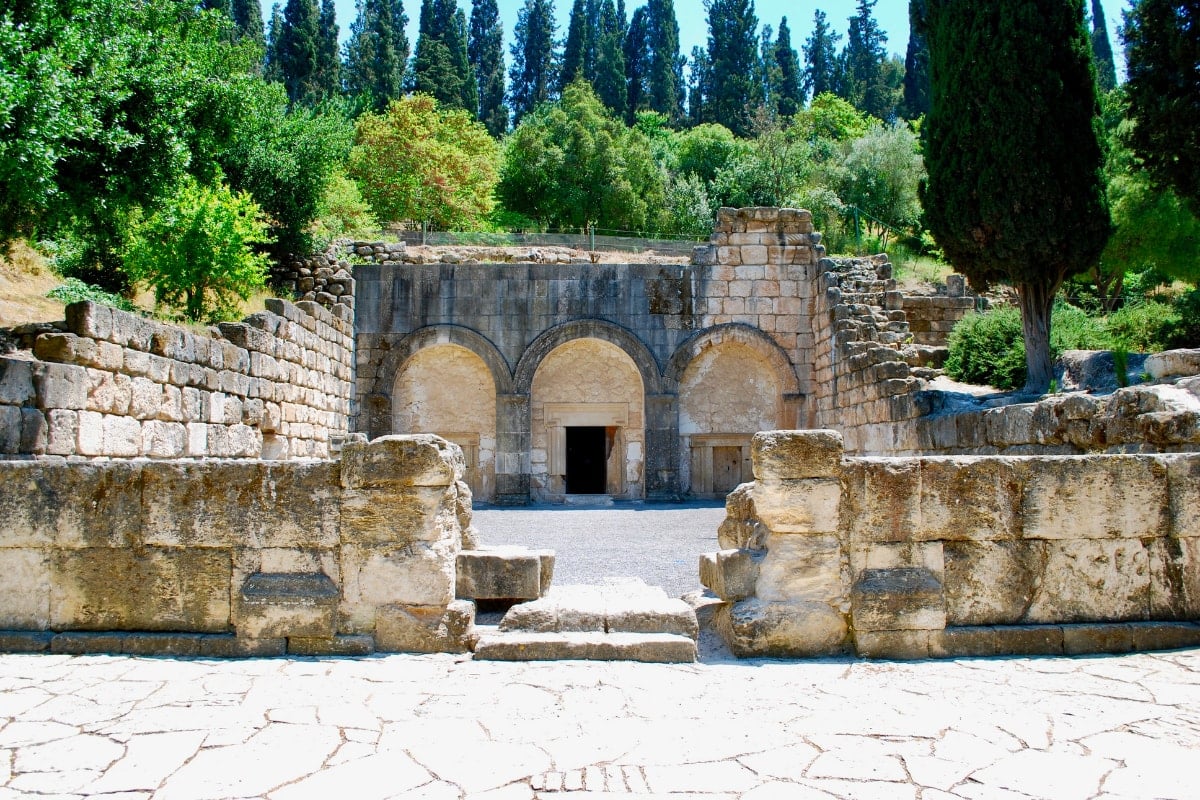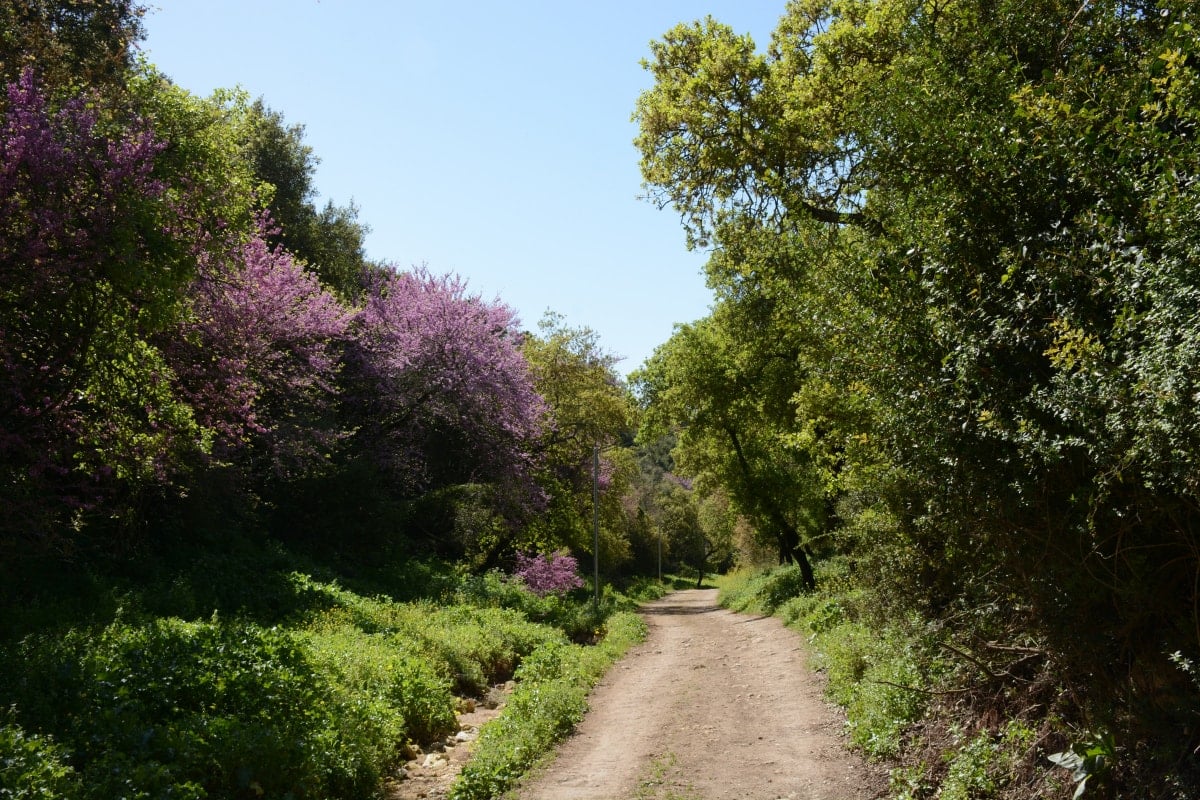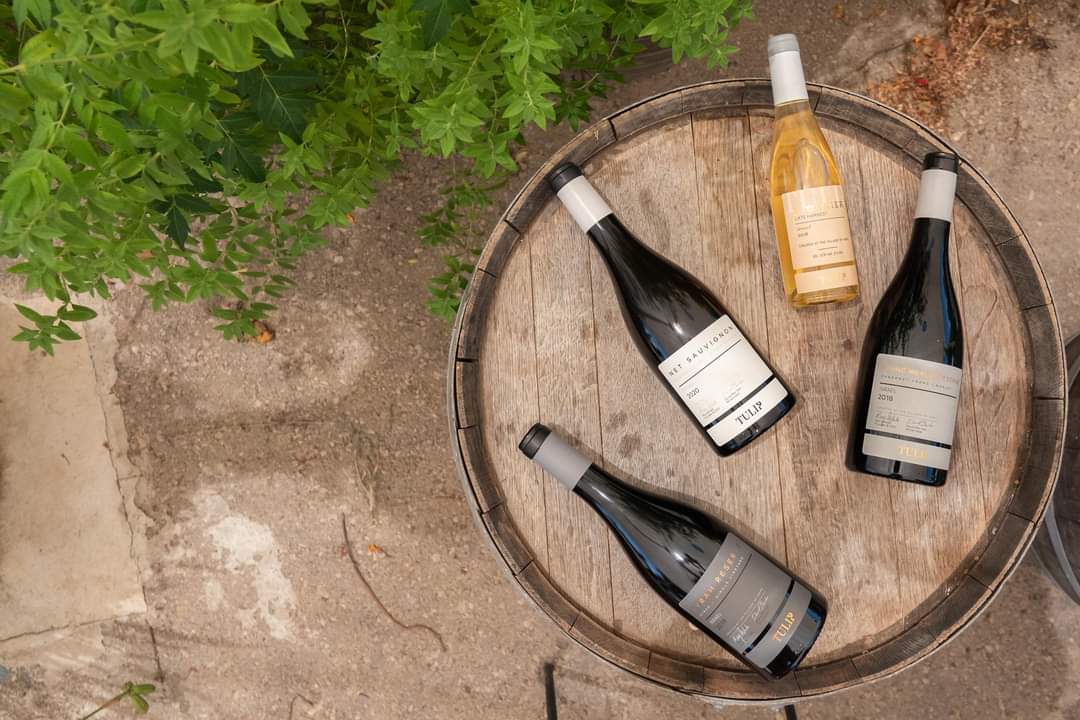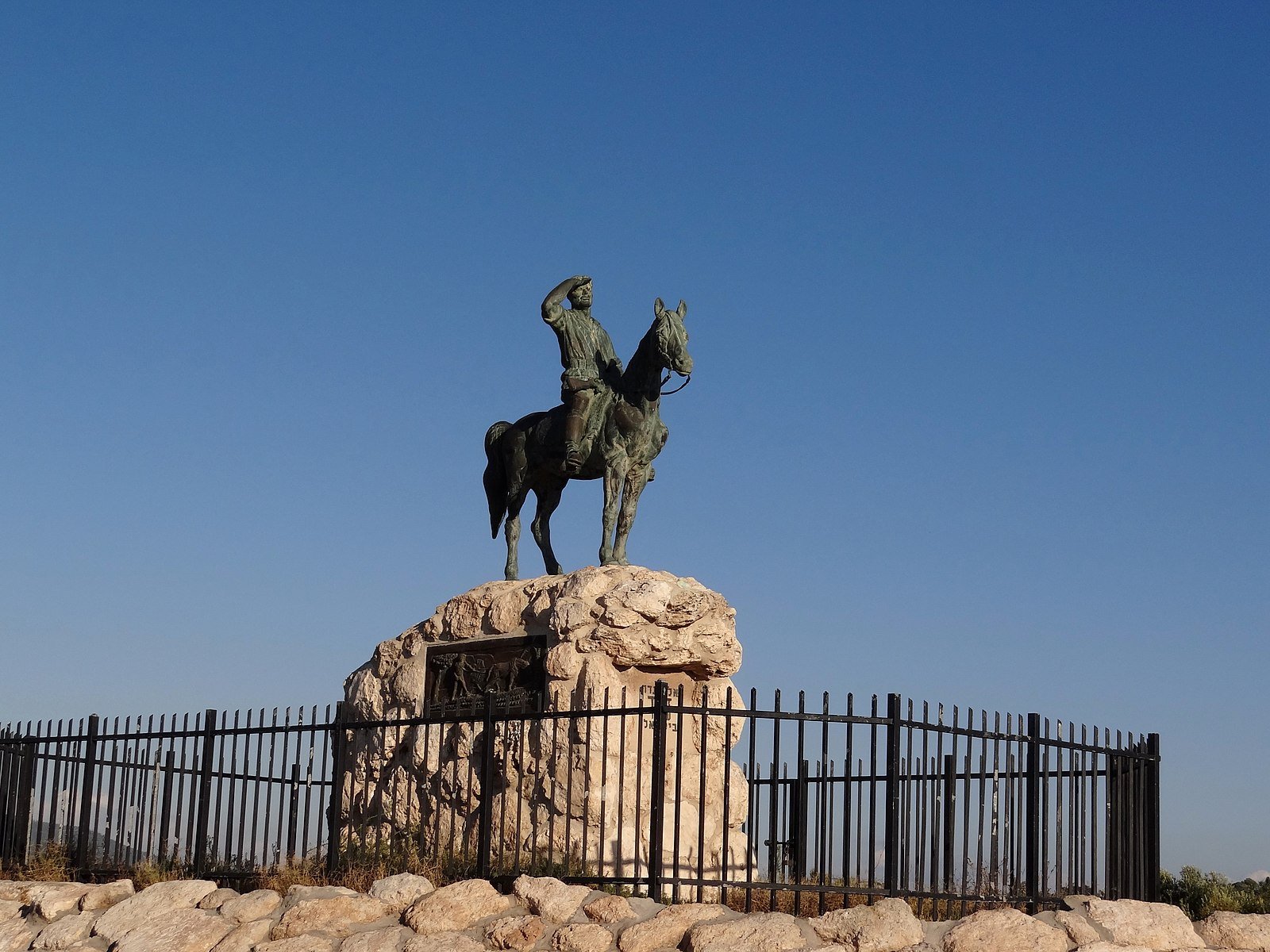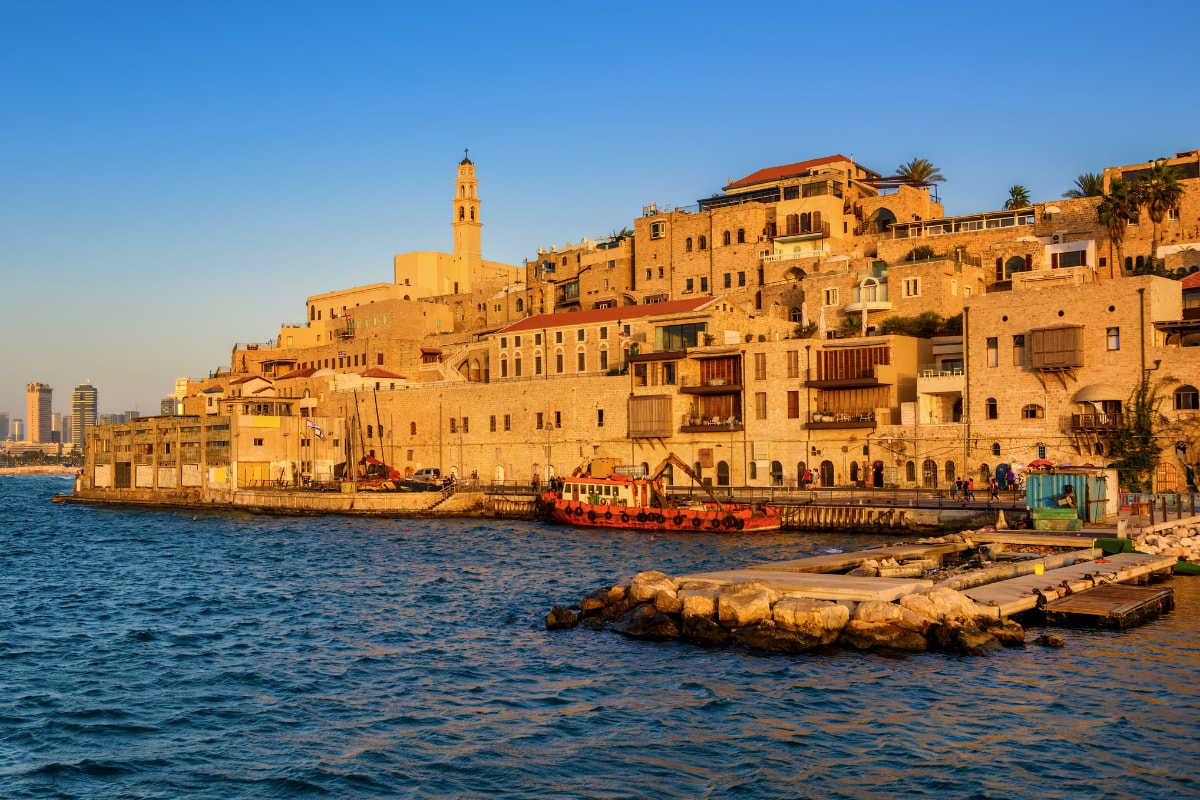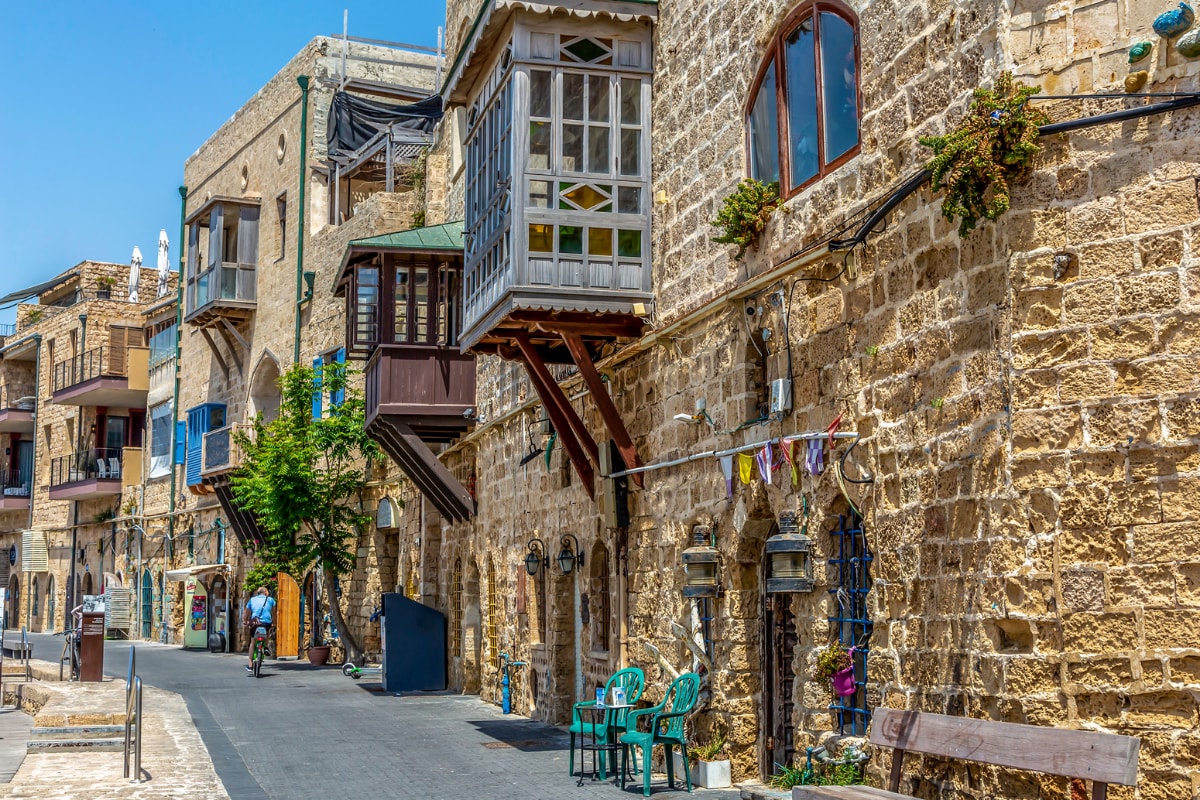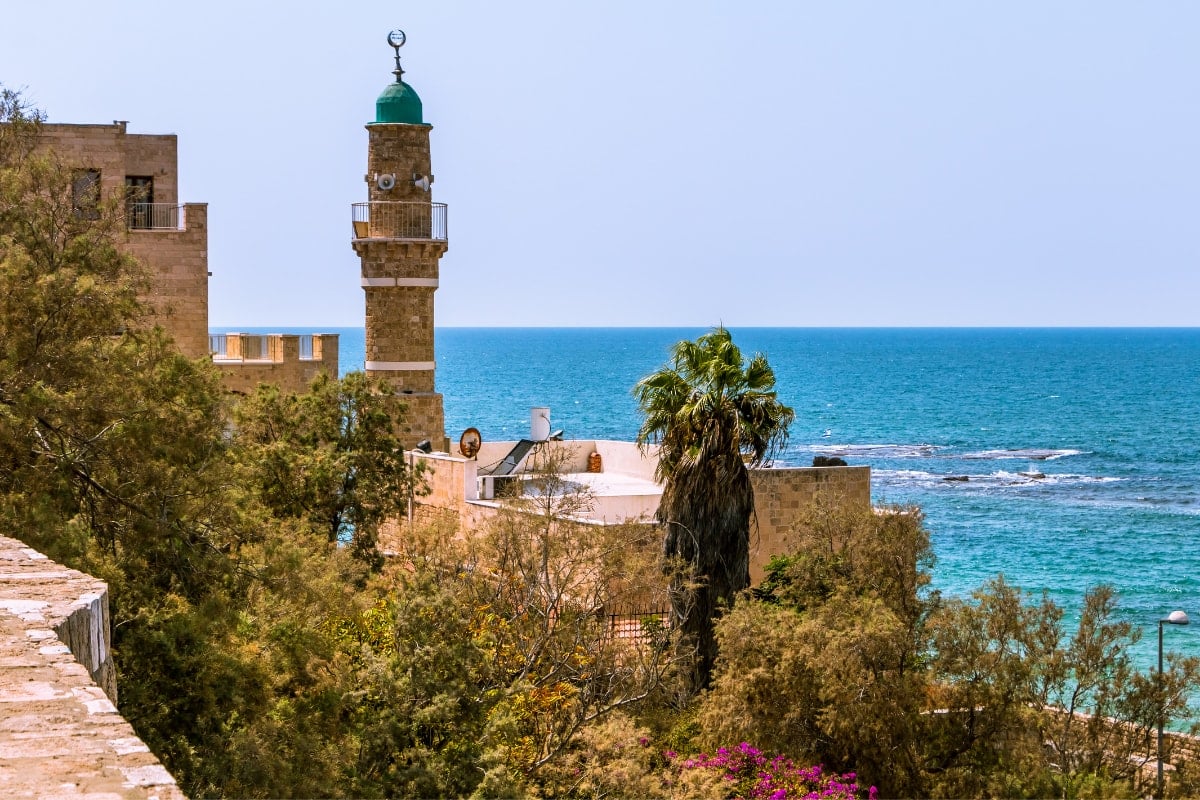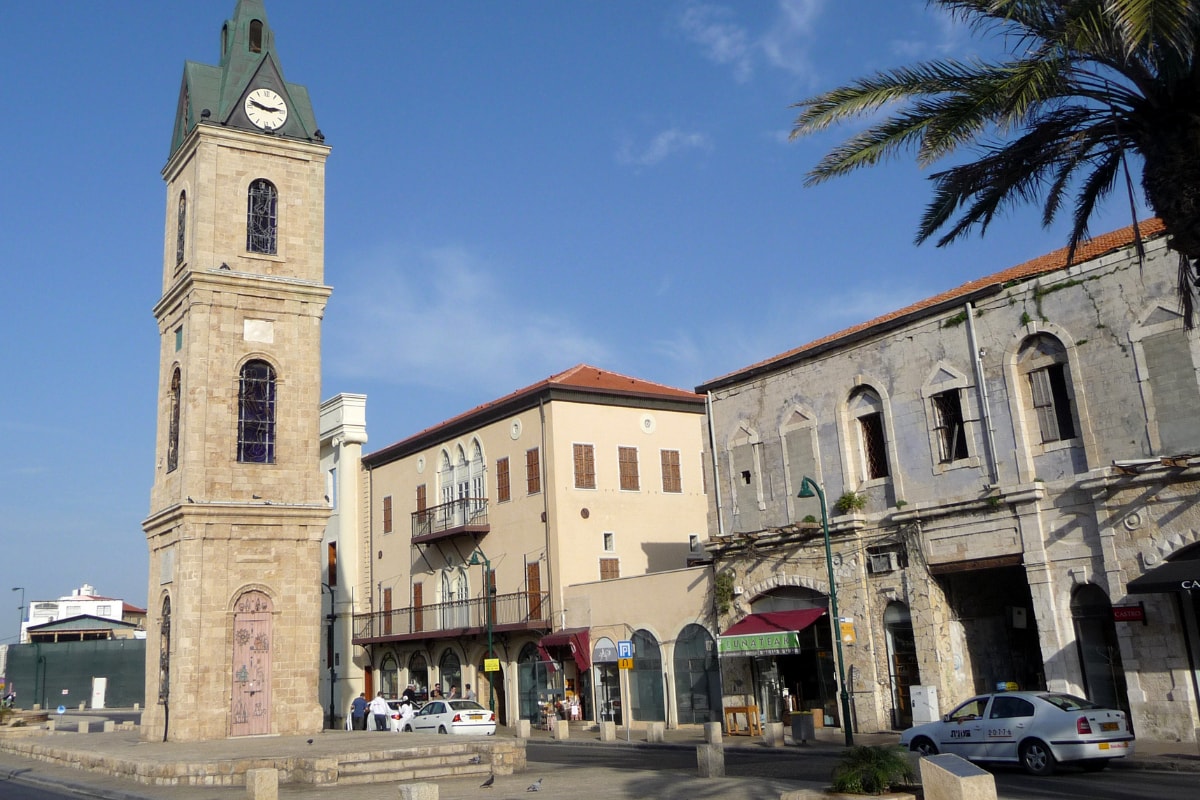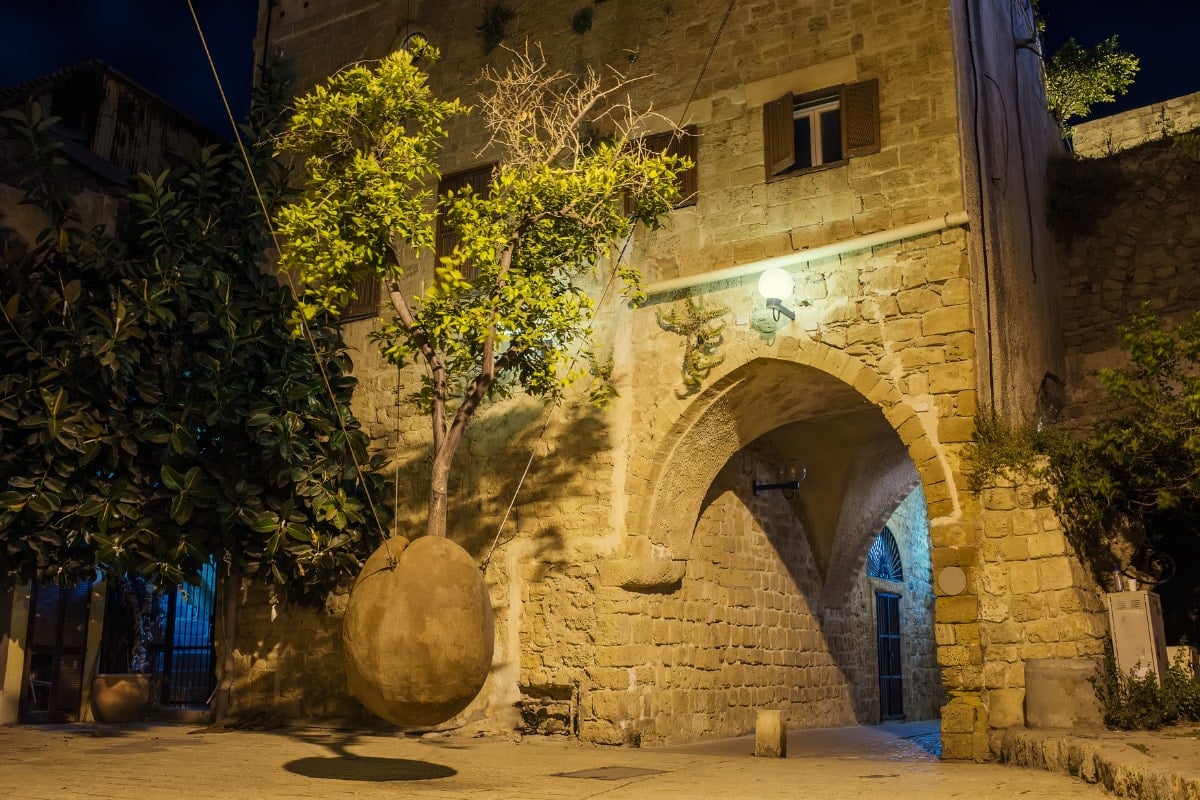A story of Jewish history in the Northern Jerusalem!
Day 1 Vilnius
Jews have been living in Lithuania since the fourteenth century and have left a great cultural heritage.
Today you’ll tour of the historical center of Vilnius (Vilna) starting from Gediminas Castle and then proceeding to Cathedral Square, President’s Palace, and Vilnius University. Later, you’ll visit the old Jewish quarter’s narrow streets and the courtyards of the middle-age ghetto, Great Vilna Synagogue, and shulhoyf, the street of famous Jewish sculptor Mordekhai Antokolski and the world-renowned Strashun library that had more than 6000 volumes at the end of the 19th century. Later visit Jewish State Museum & Jewish cemetery and the grave of the Vilna Gaon.
Day 2 Vilnius – Kaunas – Vilnius
Today starts with a tour of Kaunas (Kovna), the interim capital of pre-war Lithuania. En route you’ll visit Ziezmariai, a little shtetl that restored its only wooden synagogue, and the charming old city of Kaunas. Also: L. Zamenhof and A. Mapu streets, Slobodka, a Jewish suburb of Kaunas and the ghetto during WWII, and the Old Jewish cemetery. We’ll see the building of the famous Slobodka Yeshiva founded by Rabbi Nathan Zvi Finkel and discuss the Musar movement and the influence of R’ Israel Salanter on Slobodka Yeshiva. Later, we’ll visit Kovna Choral Synagogue, the Children’s Memorial courtyard, the Golda Mayer school, and the Chiune Sugihara house/museum – a Japanese consul in Kaunas in 1940 who issued 6000 lifesaving visas for the Jewish refugees from Lithuania, Poland and Germany.
Final stop in Kaunas – the IXth fort. During the years of Nazi occupation, the Ninth Fort was put to use as a place of mass murder. 45,000 to 50,000 Jews, most from Kaunas and largely taken from the Kovno Ghetto.
Day 3 Vilnius – Panevezys – Pakruojis – Siauliai – Joniskis – Rundale – Riga
This morning, we’ll set out toward Riga, the capital of Latvia, and travel north to Panevezys (Ponevezh) where we’ll see the building that housed the famous yeshiva.
Your second stop is Pakruojis synagogue – the oldest wooden temple in Lithuania. It’s more than 200 years old! Continue to the town of Siauliai (Shavli) to see how the Jews lived, especially the renowned Frankel family.
Our lunch is planed at amazing Art Nouveau style Chaim Frenkel vila! There was a time when the owner of this beautiful building, industrialist Chaim Frenkel was one of the best known leather manufacturer in the world!
Next stops is one more Jewish Shtetl – Joniskis with two fantastically rebuilt synagogues, and finally you will stop at a beautiful Rundale Palace – a masterpiece of Italian architect B.Rastrielli who also built Winter palace in St.Petersburg. Reaching Riga in the early evening you will be fully charged with Jewish Shtetl life.
Day 4 Riga – Jurmala – Riga
Today, after breakfast at the hotel, you’ll enjoy a city tour of Riga, which includes Riga Castle, Dome Cathedral, the Church of St. Peter, the buildings of the Great and Small Guild Halls, the fortification wall of Riga, the Swedish Gate, the building of Parliament of Latvia-Saeima, and the Monument of Liberty. Wow.
As well as Peitava Synagogue – the only that survived Holocaust and is recently active.
The tour continues by car along the central boulevards of Riga, passing by city canal parks, the Bastion Hill, the Powder Tower, the Latvian National Theater, the Fine Arts Museum, the Art Nouveau buildings of the beginning of the 20th century, the Freedom Monument, University of Latvia, the Opera House, and the Daugava River and its cool bridges.
In the afternoon we’ll visit Zanis Lipke museum, a shelter for the rescued Jews from Riga Ghetto, Jurmala and Jurmala beach.
Day 5 Riga
Morning Riga market tour, which is amazing.
After which you will have a walking tour of Moscow district in Riga. Officially known as Latgales, the Moscow District feels like a film set with its old wooden buildings, quiet streets and unusual atmosphere. In fact, because the area has hardly changed in 50 years, it has actually been used as a backdrop for quite a number of films.
Today, in the territory of the WWII Jewish ghetto, you’ll find new real estate developments, century-old art nouveau buildings being renovated and artists looking for cheap accommodation. Truth be told, the Moscow District is changing, and in 10 years we might not recognise it any more.
You will also visit Riga Ghetto museum. The museum building dates from the second half of the 19th century. Before the war, it hosted warehouses and stables. In the territory of the museum, the land is lined with stones from the streets of the Ghetto. A memorial wall carries over 70,000 names of Latvian Jews who fell victims to the Holocaust and about 25,000 names of Jews from other European countries who were brought to Riga to be murdered.
The museum has several permanent exhibitions. They tell not only about the tragedy of Latvian Jews during the World War II, but also about their lives in pre-war years, their religious traditions, their contribution to the fighting for Latvian independence, their role in education and culture. The territory of the museum also has several memorial objects.
And finalizing the tour you will visit Biķernieki forest is the biggest mass murder site during the Holocaust in Latvia with two memorial territories spanning over 80,000 square metres (860,000 sq ft) with 55 marked burial sites with around 20,000 victims still buried in total.
Time to get to know your history! Let’s start the tour!
